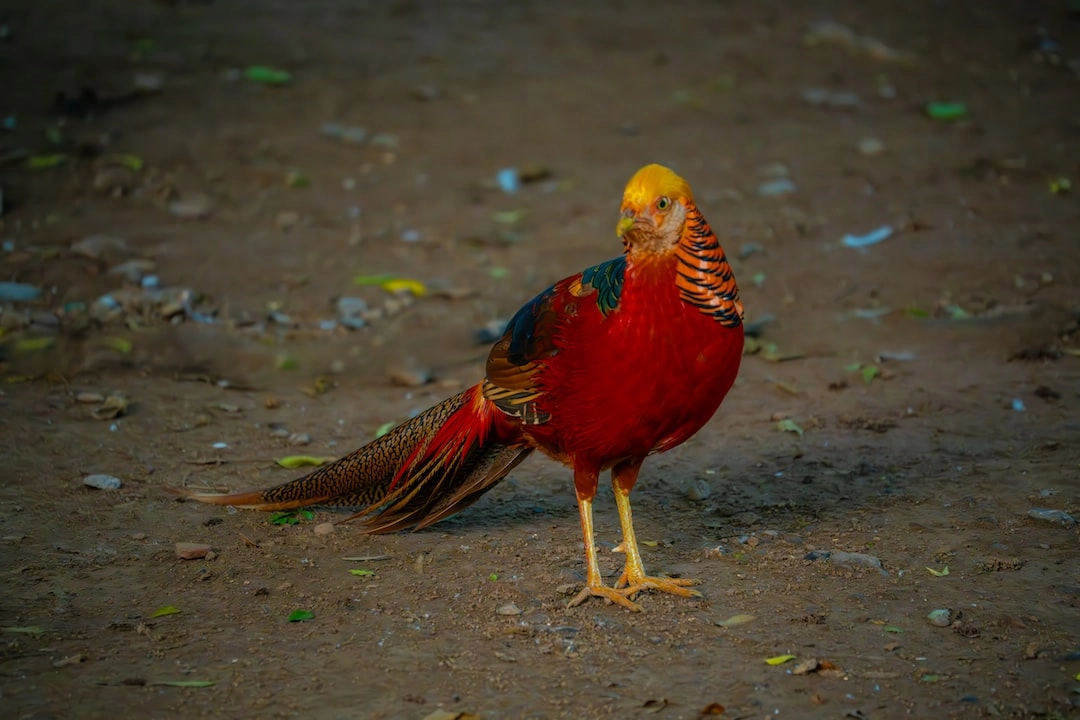
Exploring the Marvels of Biodiversity Conservation
Biodiversity conservation is the act of protecting and preserving the variety of life on Earth. It encompasses the multitude of species, ecosystems, and genetic diversity found in our natural world. This conservation effort is essential for maintaining the health and balance of our planet’s ecosystems, as well as for securing the well-being of both present and future generations.
What it is:
Biodiversity conservation involves various strategies and initiatives aimed at safeguarding the immense diversity of life forms found on Earth. This includes protecting habitats and ecosystems, preventing the extinction of species, and promoting sustainable practices that minimize harm to the environment.
Conservation efforts may involve the establishment of protected areas, such as national parks or wildlife reserves, where natural habitats and the species they support are shielded from destructive human activities. Furthermore, conservation often entails extensive research and monitoring to better understand the delicate relationships between species and their environment.
Real-world problems:
Despite the importance of biodiversity conservation, our planet is facing significant challenges in this area. One of the primary issues is habitat loss and degradation. Human activities, such as deforestation, urbanization, and industrial agriculture, are destroying and fragmenting natural habitats, leading to the displacement and extinction of many species.
Additionally, climate change poses a severe threat to biodiversity. Rising temperatures, changing rainfall patterns, and more frequent extreme weather events can disrupt ecosystems and impact species’ ability to survive. This can result in shifts in the distribution of species, loss of key habitat areas, and an increased risk of extinction for some already vulnerable species.
Another consequential problem is the overexploitation of natural resources. Unsustainable practices such as overfishing, illegal wildlife trade, and destructive mining or logging practices can have devastating impacts on biodiversity. These activities disrupt ecosystems, deplete populations, and disrupt ecological balance.
Finally, invasive species present a significant challenge to biodiversity conservation. Non-native species that are introduced into new habitats can outcompete or prey upon native species, leading to their decline or extinction. These invasions can cause substantial ecological and economic damage, as well as harm human health.

Solutions for Biodiversity Conservation
Protecting biodiversity and addressing the real-world problems associated with its decline require collective efforts and a range of solutions. By implementing the following strategies, we can make a significant positive impact on biodiversity conservation:
Preserving and Restoring Habitats
One crucial solution is the preservation and restoration of natural habitats. This entails safeguarding existing protected areas and creating new ones to provide safe havens for wildlife and ecosystems. Restoration efforts can also focus on rehabilitating degraded areas, such as reforestation and wetland restoration, to revitalize ecosystems and support biodiversity.
Sustainable Land and Resource Management
Promoting sustainable land and resource management practices is vital for minimizing habitat destruction and species loss. This includes implementing responsible forestry techniques, practicing sustainable agriculture, and adopting low-impact fishing methods. By considering the long-term health of ecosystems and incorporating biodiversity conservation into land-use planning, we can help preserve biodiversity.
Combating Climate Change
Tackling climate change is essential for biodiversity conservation. Efforts should focus on reducing greenhouse gas emissions through transitioning to renewable energy sources, promoting energy efficiency, and advocating for policies that mitigate climate change impacts. Additionally, supporting nature-based solutions, such as reforestation and wetland preservation, can help sequester carbon and buffer habitats against climate change effects.
Regulating and Combating Illegal Activities
Strict regulations and enforcement are crucial for combatting illegal activities that harm biodiversity. This includes cracking down on illegal wildlife trade, implementing measures to prevent overfishing and illegal logging, and enforcing laws against habitat destruction. Strengthening international collaborations and supporting organizations dedicated to combating illegal activities can help protect biodiversity.
Promoting Education and Awareness
Educating and raising awareness about the importance of biodiversity conservation is key to fostering a culture of environmental stewardship. This includes providing education in schools, organizing community events, and utilizing various media platforms to promote understanding and action. By empowering individuals with knowledge and inspiring them to make sustainable choices, we can contribute to the conservation of biodiversity.















